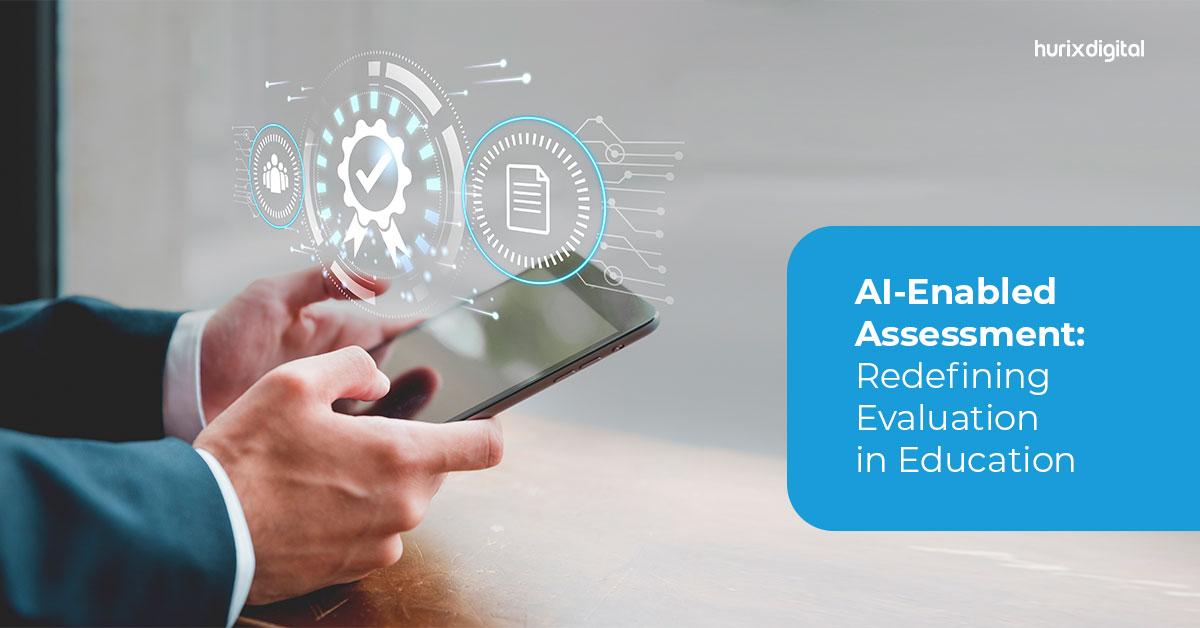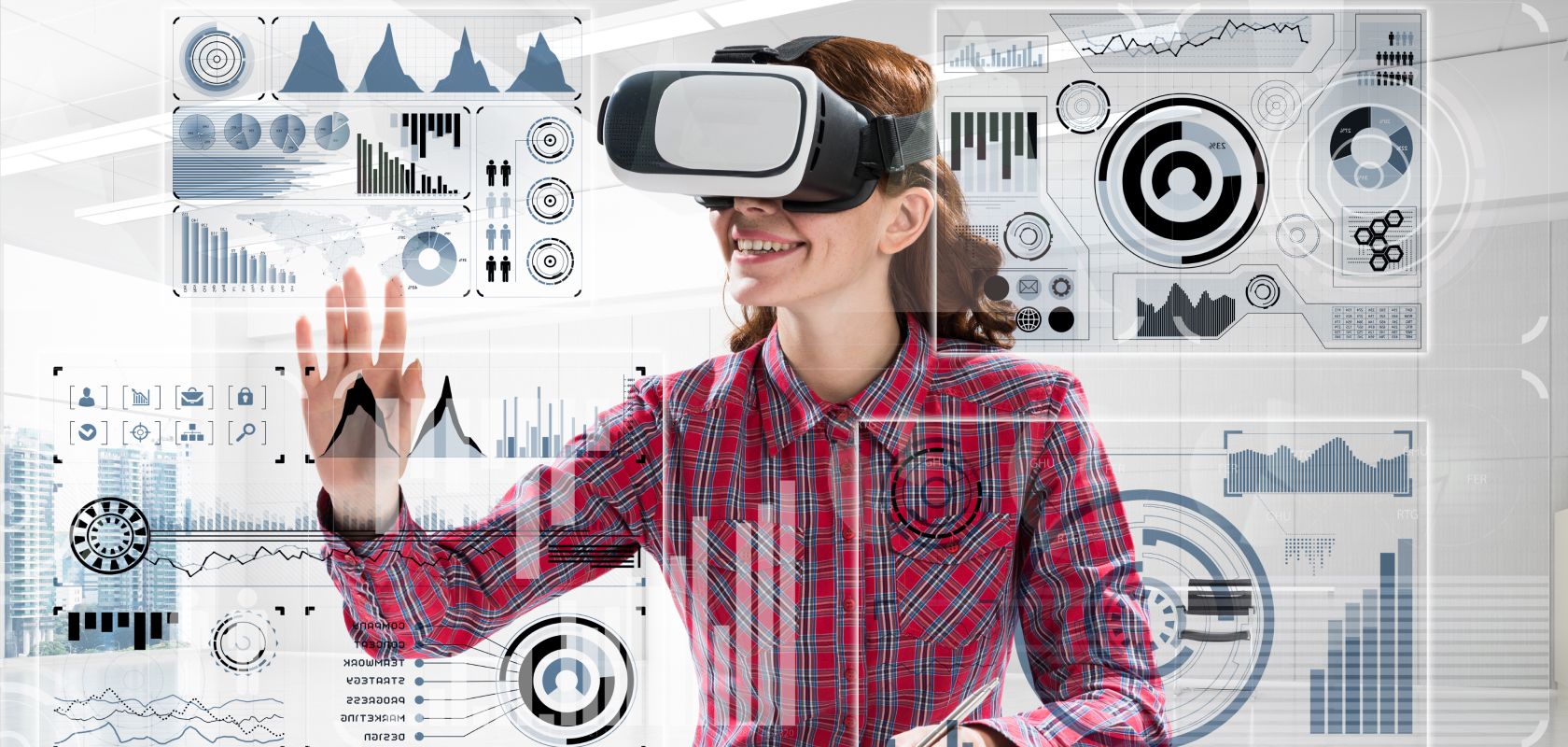
How AI is Revolutionizing Education and Training in 2024. In 2024, Artificial Intelligence (AI) continues to reshape industries across the globe, and education and training are no exceptions. The integration of AI into these sectors is transforming traditional methods of learning, making education more personalized, efficient, and accessible. From virtual classrooms to AI-driven personalized curricula, the impact of AI on education and training is profound, offering both challenges and opportunities. This article explores five key ways AI is revolutionizing education and training, highlighting its transformative potential.
1. Personalized Learning Experiences

One of the most significant advancements in education due to AI is the creation of personalized learning experiences. Traditional classrooms often follow a one-size-fits-all approach, where students move at the same pace, regardless of individual learning abilities. AI, however, can analyze student data, such as performance, learning styles, and preferences, to offer tailored educational content.
AI-driven systems adapt in real time, modifying lesson plans, assignments, and resources to meet the unique needs of each student. For example, AI-powered tutoring platforms such as Squirrel AI and DreamBox Learning provide real-time feedback and adjust the difficulty of tasks based on a student’s progress. This personalized approach helps students grasp concepts more effectively and improves retention.
For corporate training, AI can also customize employee learning paths, ensuring that individuals gain skills relevant to their roles and current level of expertise. This not only enhances efficiency but also boosts motivation by focusing on the learner’s specific development needs.
2. AI-Powered Assessment and Feedback

Gone are the days when assessments were limited to static, periodic exams. AI systems now provide continuous, dynamic feedback that helps both students and employees track their progress. By analyzing responses to quizzes, assignments, and simulations, AI tools can offer instant feedback, allowing learners to correct mistakes and reinforce learning. (Read More: Maximizing Your Education Credits on 1040: A Complete Guide for Taxpayers).
In education, AI can assess a student’s understanding through various methods, such as written assignments, voice analysis, or even facial expression recognition. In corporate training, AI-enabled platforms like Coursera and LinkedIn Learning can provide feedback on soft skills, such as communication and leadership, by analyzing user interactions in simulated environments.
Moreover, AI can reduce the administrative burden on educators and trainers, enabling them to focus on more meaningful interactions with learners. With automated grading and performance analysis, AI ensures that evaluations are objective and consistent.
3. Virtual and Augmented Reality in Learning

Another area where AI is having a profound impact is through the integration of Virtual Reality (VR) and Augmented Reality (AR) in education and training. These immersive technologies, powered by AI, are making learning more engaging and practical. (Read More: The Impact of Student Loan Forgiveness on Millennials and Gen Z).
For example, medical students can practice surgeries in a virtual environment, while engineering students can simulate complex designs using AR. In corporate settings, employees can undergo virtual simulations to learn new skills or practice emergency response scenarios without real-world consequences. AI enhances these experiences by adjusting the simulations based on learner behavior and providing real-time guidance.
This hands-on approach not only increases engagement but also improves retention by allowing learners to experience scenarios in a controlled, risk-free setting. The result is more effective, experiential learning that bridges the gap between theory and practice.
4. Enhanced Accessibility and Inclusivity

AI is also making education and training more accessible, particularly for learners with disabilities. AI-powered tools such as speech recognition, real-time transcription, and language translation services are enabling individuals with physical and cognitive impairments to access educational content more easily.
For example, AI-driven speech-to-text software helps students with hearing impairments by transcribing spoken lessons in real time. AI also facilitates adaptive learning tools for students with learning disabilities such as dyslexia, offering customized fonts, reading speeds, and text-to-speech functionality. This ensures that all learners, regardless of ability, have the opportunity to succeed.
Moreover, AI can break down geographical and language barriers by offering real-time translation services, enabling students from different parts of the world to learn in a language they are comfortable with. In corporate training, AI is making global training programs more feasible, allowing for a more diverse workforce to upskill and reskill regardless of their location.
5. Automated Administrative Tasks

AI is also streamlining administrative tasks in both educational institutions and corporate training programs. Tasks like scheduling, grading, tracking attendance, and processing paperwork can now be automated with AI, allowing educators and trainers to spend more time on teaching and mentoring.
In schools, AI systems can automatically adjust timetables to accommodate student needs, reduce class overcrowding, or recommend tutoring sessions. In corporate environments, AI can track employee progress through training modules, generate reports, and provide insights into workforce development, ensuring that training programs remain relevant and effective. (Read More: Teachers Guide: Strategies for Managing Classroom Behavior Effectively in 2024).
By automating these repetitive tasks, AI helps to reduce operational inefficiencies and ensures that education and training organizations can focus on their primary objective: facilitating effective learning.
Conclusion article How AI is Revolutionizing Education and Training in 2024
In 2024, AI is not just a tool for enhancing traditional education methods but a transformative force reshaping how learning happens. By offering personalized learning experiences, providing real-time assessments and feedback, integrating immersive technologies like VR and AR, enhancing accessibility, and automating administrative tasks, AI is making education and training more efficient, engaging, and inclusive. However, as AI continues to evolve, educators and trainers must also address challenges related to data privacy, bias, and the need for human connection in the learning process.
Ultimately, the future of education and training lies in a collaborative approach where AI supports and amplifies the efforts of human educators, helping learners across all levels to reach their full potential. The revolution in education and training driven by AI has only just begun, and its full impact will be seen in the years to come.





1 thought on “How AI is Revolutionizing Education and Training in 2024”